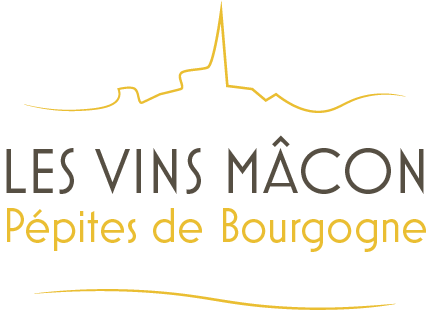Mâcon-Davayé
The wines
White wines
A yellow gold color with silver highlights, Mâcon-Davayé whites are very expressive, marked with initial sweet notes of white-fleshed fruit juice like Reinette apple and Willliams pear. With oxygenation, these grow more floral, suggesting hawthorn and white garden flowers. In the mouth, they are smooth with a fruity body, their length underscored by a joyful freshness.
Red wines
Mainly grown on the foothills of the Rock of Vergisson, the reds of Mâcon-Davayé are partially aged in oak, offering a compromise between the seriousness of a Gamay for laying down and the accessibility of a charming and indulgent quaffable wine. Aromas of small berries like raspberry, blueberry, and blackcurrant twirl around with touches of spice like white pepper, while in the mouth, they have a gourmet roundedness thanks to well-integrated tannins.
Colors
Production

mâcon-Davayé
An additional geographical denomination that is part of the Régionale Mâcon appellation in the Mâconnais.
According to the 2005 specifications rules, the name Mâcon-Davayé refers to white, red, and rosé wines grown within a defined area in the village of Davayé.
Situation
Like a gateway to the rocky escarpments of Solutré-Pouilly and Vergisson, the terroir of the village of Davayé is limited to the east by the Petite Grosne river. The Mâcon-Davayé appellation is located close by the river, alongside the vines of Saint-Véran.
The village occupies a strategic location and became the seat of one of the biggest castellanies of the Mâconnais, whose jurisdiction extended across the parishes of Davayé-Chevignes, Saint-Léger, Charnay, Solutré, and Vergisson. These fortified ecclesiastical estates passed under permanent royal guard during the 13th century, and in the 14th, became the subject of battles between the Armagnacs and Bourguignons during the Hundred Years War. A reminder of the front line separating the two sides is found in the name of the Chemin des Allemands or the German Path, recalling the Germanic origins of the Duke of Bourgogne’s mercenaries, who finished their tour in around 1420.
These days, Davayé is known for its agricultural school, with its architecture clearly visible from the tops of the rocks, where future French and international winegrowers and enologists are trained.
Terroir
Level 1
The vines of Mâcon-Davayé run alongside the Chemin des Allemands, where the Denante river that runs through Davayé flows into the Petite Grosne. As a result, they grow on sloping ledges slightly angled towards the rising sun, with southeast and northeast variations, at an altitude of around 200 meters above sea level (Echelattes, Quincys, Pré Cousins, and Belouzes).
Level 2
In these relatively low sectors, terrain from the Secondary Era some 150 million years ago is covered by clay-rich and sometimes sandy layers, alternating with veins of angular limestone that has been broken up by erosion. This description would seem to correspond with the origins of the name “Grosne”, taken from the protohistoric word “gravonnos”, referring to a sandy, alluvial soil.

